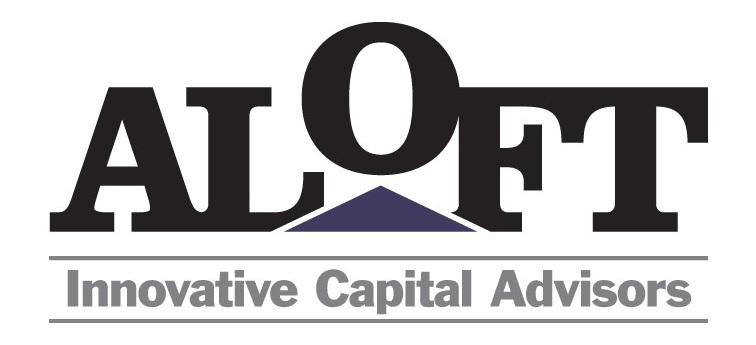If you are a small business owner, sole proprietor, 1099 Contractor, or even an employee of a small business, then the PPP loan program has been on your mind lately. To remind you, the Paycheck Protection Program was the $349 BILLION (then later another $310 BILLION) small business loan program funded by the CARES Act that allowed for small businesses to “borrow” up to 2 ½ months of their average payroll expenses. I emphasize “borrow” because the attractiveness of this program was not just easy availability of credit, but the opportunity to have most (if not all) of the loan forgiven.
Some technical glitches notwithstanding, the ease at which this money was distributed was unprecedented. This was not the typical commercial loan scenario. As a career-long small business lender, one of the ideas engrained in me (most certainly by an old, crusty credit officer) is that each business applicant must be vetted through the “5 C’s of credit”. Not familiar with the 5 C’s? Let’s review them here:
Character – The borrower’s trustworthiness, credibility, and personality. Does this borrower keep their commitments? This is an evaluation of the borrower’s willingness to pay the loan, rather than their capacity to do so.
Capacity – Speaking of Capacity, this is the determination of the borrower’s cash flow. Does the business generate enough cash to successfully operate, pay its bills, plus repay this new debt?
Capital – The borrower’s investment in this business. Does the business owner have “skin in the game” or are they interested in the lender taking all the risk?
Collateral – Assets used to secure the loan. Generally looked at as a fallback position for the lender, should the business model not go as planned.
Conditions – The general economic and industry conditions at the present time.
During normal situations, how any particular lender or bank will evaluate each of these areas is different for every institution. Some place more emphasis on Capacity, others place more emphasis on Collateral. Knowing how lenders value each “C” is helpful to getting a successful approval.
However, as the mechanism that was established to help businesses weather the economic shutdown caused by this pandemic, the PPP loan is a different animal.
Given the size of this program and the impact of the nationwide economic shutdown, speed to get loan dollars into the hands of small businesses was of utmost importance. For that reason, the qualifications of the program were very simplistic. To qualify for the loan, businesses only needed to show a couple of simple characteristics, such as they were actually an operating business on February 15, 2020, they were not bankrupt, they were not in default on other SBA loans, etc.
Therefore, the 5 C’s of Credit, the underwriting basis for typical commercial lending, were not applied. The business did not have to show they had sufficient Cash flow to repay the loan, they had any Capital invested in their business, and Collateral was not required. There was no need to evaluate the economic or industry Conditions, because many of these businesses either had their doors closed temporarily or were running at much lower capacity due to state-wide shutdowns. And the only evaluation of Character was a question to ask if any of the owners of the business were convicted felons.
As it stands right now, the program has successfully distributed over $500 billion to the country’s small businesses to help them bridge this gap of uncertainty. The vast majority of the dollars lent will be forgiven and many of these businesses will be able to retain their employees and prosper in the new normal.
The program has very successfully met its goals, so why do the 5 C’s matter?
We have run out of space here, we will tackle that discussion in Part 2. Stay tuned…
